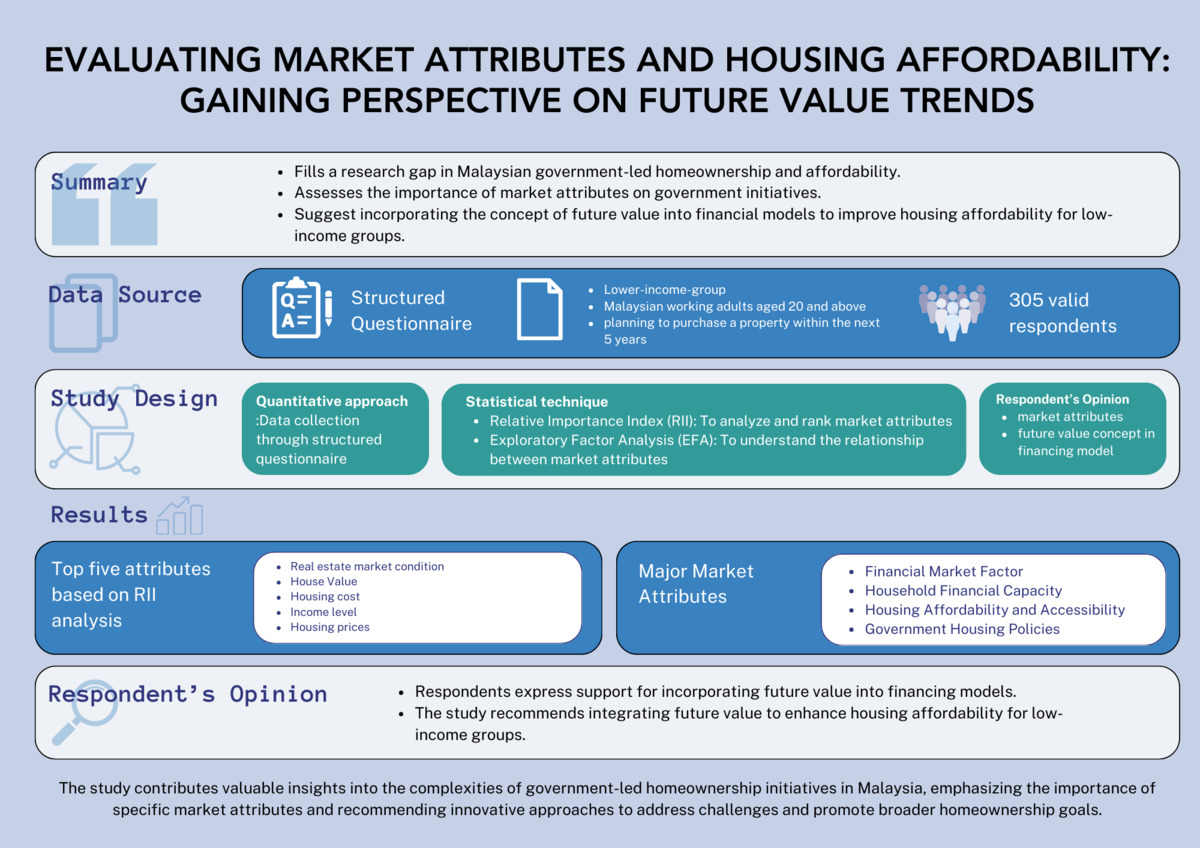Valuation models for low-income housing: How does the income approach reduce the ambiguity of assessing property tax

Introduction
Valuing low-income housing presents unique challenges, primarily due to the restrictions on rental income and the varying market conditions. The income approach to property valuation is a method that can significantly reduce ambiguity in assessing property tax for low-income housing. This approach focuses on the income-generating potential of a property, providing a clearer framework for valuation compared to traditional methods.
Understanding the Income Approach
The income approach estimates the value of a property based on the income it generates or is expected to generate. This method is particularly useful for low-income housing because it accounts for the specific rental rates and occupancy levels that are often dictated by government regulations or market conditions.
Key Components of the Income Approach
- Potential Gross Income (PGI): This is the total income a property could generate if fully occupied at market rent.
- Effective Gross Income (EGI): This accounts for vacancies and collection losses, providing a more realistic income estimate.
- Net Operating Income (NOI): This is calculated by subtracting operating expenses from EGI, reflecting the actual income available to investors.
- Capitalization Rate: This rate is applied to NOI to determine the property’s value, reflecting the required return on investment.
By focusing on these components, assessors can create a more accurate valuation that reflects the property’s actual economic performance rather than relying solely on market comparisons or construction costs.
Reducing Ambiguity in Property Tax Assessments
1. Alignment with Market Conditions
The income approach aligns closely with current market conditions, as it bases valuations on actual income data rather than speculative or historical sales data. This is crucial in low-income housing markets where rental rates may be artificially suppressed due to regulatory limits. By using current rental agreements and occupancy rates, assessors can provide a more accurate representation of value that reflects real-world conditions.
2. Consideration of Regulatory Impacts
Low-income housing often operates under various governmental programs that impose restrictions on rents and tenant eligibility. The income approach allows assessors to incorporate these factors directly into their calculations. For example, properties developed under the Low-Income Housing Tax Credit (LIHTC) program must adhere to specific rent limits based on area median incomes, which are accounted for in the valuation process.
This ensures that valuations reflect not just market dynamics but also compliance with regulatory frameworks.
3. Enhanced Transparency and Objectivity
Using the income approach promotes transparency in property tax assessments by relying on quantifiable data rather than subjective judgments about property worth. This objectivity helps reduce disputes between property owners and tax authorities, as both parties can refer to standardized calculations based on documented income streams.
4. Flexibility in Valuation Scenarios
The income approach can be adapted to various scenarios, including changes in occupancy rates or shifts in local economic conditions. For instance, if a low-income housing project experiences an increase in vacancy rates due to economic downturns, this can be reflected in the projected NOI and subsequently affect the property’s assessed value.
Such flexibility allows for more responsive assessments that can adapt over time.
Conclusion
The income approach offers a robust framework for valuing low-income housing properties by focusing on their income-generating potential while accounting for regulatory constraints and market dynamics. By reducing ambiguity through objective calculations based on actual performance metrics, this method enhances fairness in property tax assessments and provides clearer insights for stakeholders involved in low-income housing markets. As such, it stands out as an essential tool for valuers tasked with navigating the complexities of affordable housing valuation.
Further reading:
[PDF] Affordable housing development – valuation considerations consultations.rics
[PDF] THE APPLICATION OF INCOME APPROACH IN PROPERTY … economics-sociology
